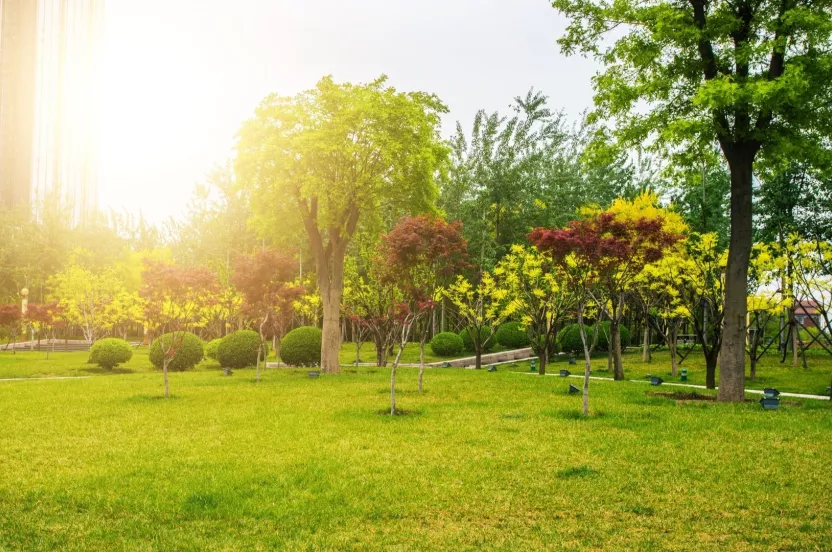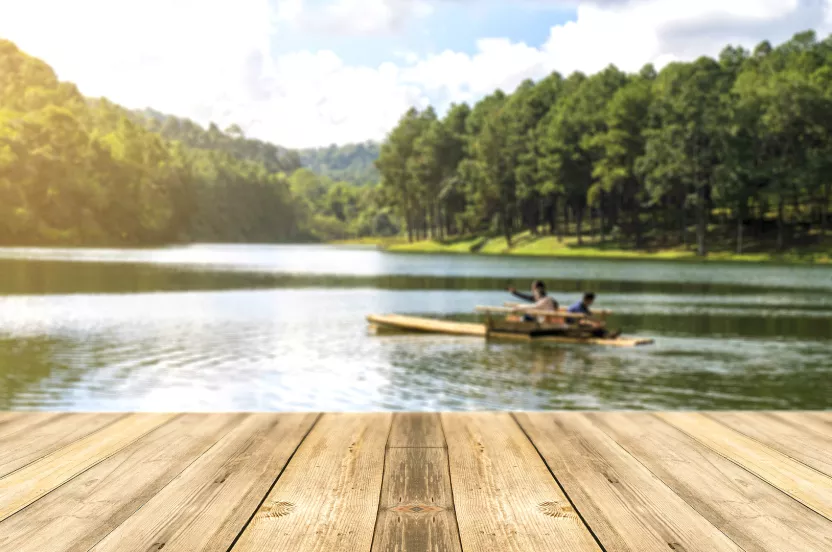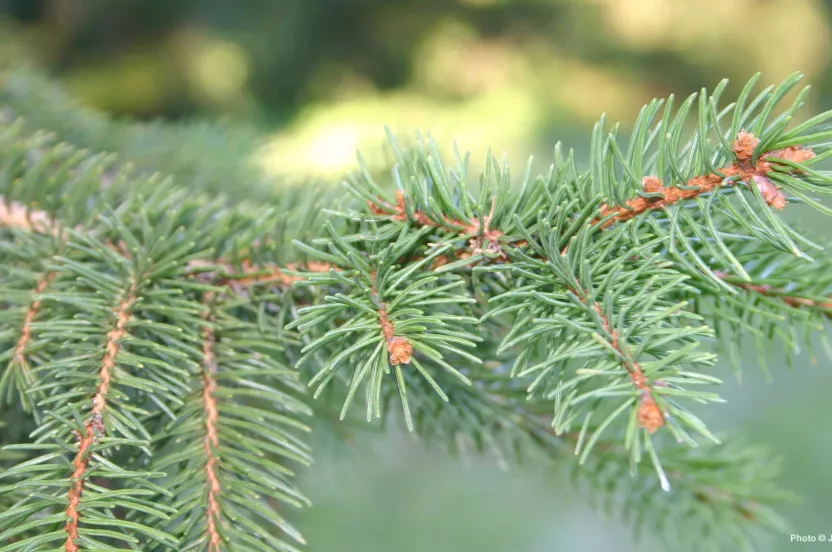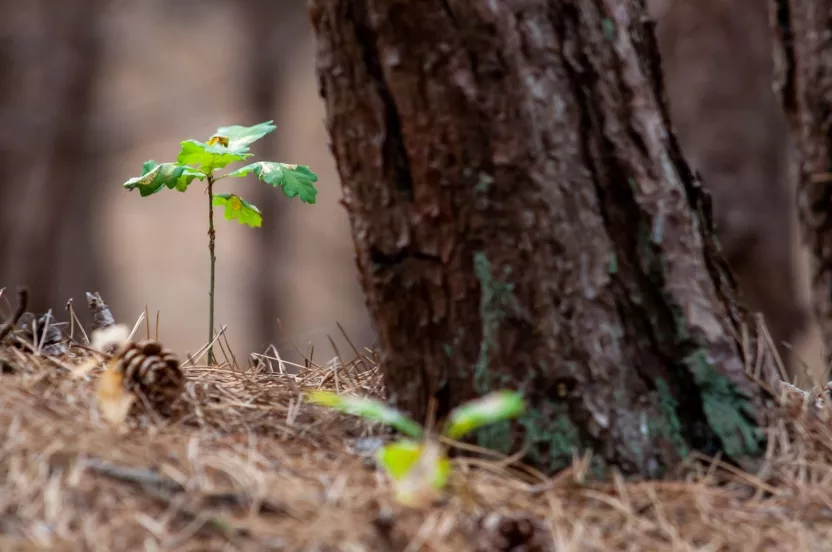Now live: The 2025 Canopy Report. Learn how Americans see trees. GET THE REPORT
Some plants classified by the experts as "shrubs" are often thought of as "trees" by the general populace. And while the experts employ technical definitions to make the distinction, even they admit that there are exceptions to the rules that they come up with, rendering their definitions less than completely satisfying.
Further clouding the issue is the age-old debate of whether we should classify something according to its intrinsic qualities or how it is used by humans. The uses for a landscape plant such as rose of sharon include mass usage in a hedge to form a privacy screen and individual usage as a specimen plant.
In the latter case, homeowners will probably want to prune the lower branches off of their rose of sharon so as to encourage the development of one main stem (i.e., a "trunk," such as trees have). By contrast, in the former case, it makes sense to let rose of sharon grow as a multi-stemmed shrub, because the lower branches will help screen out prying eyes.
Another shrub that has achieved tree status in the minds of some is PeeGee hydrangea. Trained so as to develop a single stem, mature specimens strike an impressive pose in the yard. And because they're tough customers once established, they became fixtures, in my area (New England, U.S.), in many a graveyard, where they continue to thrive will little TLC from humans.
PeeGee hydrangea does have one PR problem working against it, however, when it comes to winning honorary tree status: The genus of hydrangeas is inextricably associated with plants that are clearly shrubs, ranging from the widely-known 'Nikko' blue hydrangeas to the new Incrediball hydrangea plants. Even oakleaf hydrangeas conform to the shrub world's modus operandi, with the exception of the shape of their leaves (they really do look like oak leaves!).
The opposite is true for the contorted hazelnut or "corkscrew filbert." Bearing such a "nutty" name, our thoughts naturally lead to nut trees. But this twisted cultivar, created by grafting, is considered a shrub. Planting a contorted hazelnut is a good idea for the winter landscape if you live in a cold region, because this little giant really comes into its own after it loses its leaves: It's only during the winter and early spring, when it's leafless, that you can fully appreciate the labyrinthine structure of its branches.



